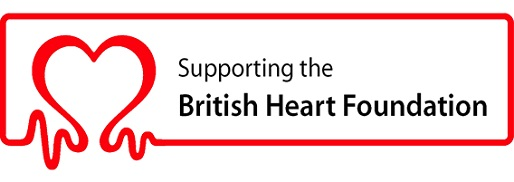The recent storms, snow and ice have caused chaos across the UK, particularly for drivers, who have experienced travelling in appalling and frightening conditions
The best advice for travellers is to only make that journey if you have to.
However, if you have no option but to drive in the bad weather, then here is a simple checklist of items you should take with you on each journey.
- A full tank of petrol
- Ice scraper and de-icer
- Torch with spare batteries or a wind-up torch
- Mobile phone charger
- Shovel
- Jump-start cables
- Food and warm drink in a flask
- Sunglasses (for the glare from the snow)
- Warm clothes and blankets
One of the most common reasons the roadside assistance services such as the RAC and AA are called out during winter months is for flat batteries because they run down quicker in cold temperatures, so it’s recommended that you get your battery checked at least once a week during the winter months.
You should also make sure you plenty of screen wash for the winter weather before you set off to keep your windscreen clear and engine coolant to avoid your car from overheating.
Check the condition of your tyres and tyre pressure too to make sure they are safe.
Driving in snow and Ice
- Clear your car of snow and ice
- Give yourself plenty of time
- Be prepared – take a look at the list above. You may also want to include a snow shovel, brush and even a piece of carpet to give you traction in the snow and ice
- Keep your distance
- Slow down
Driving in stormy weather
- Reduce your speed and drive to the weather conditions
- Allow for other road users
- Keep your distance
- Slow down or stop in a safe place
Arriving at your destination safely, or not setting off all if the weather is too bad, is the most important advice of all.































